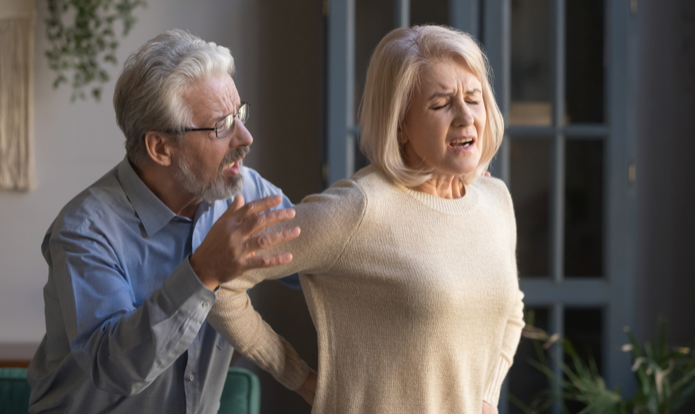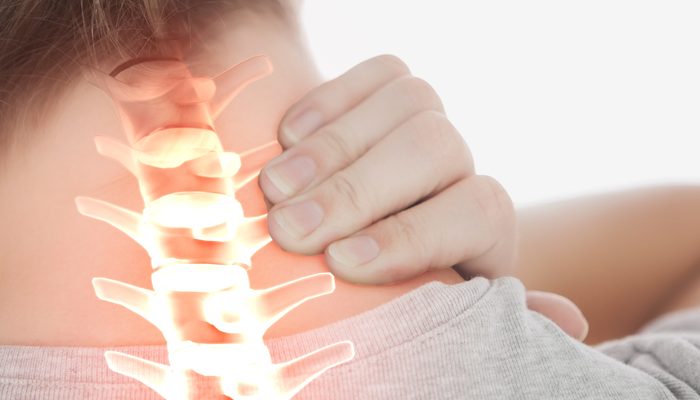
We tend to experience work-related injuries and the onset of arthritis and degenerative conditions in our 40s and older. Patients often ignore symptoms that might indicate a medical emergency due to the prevalence of back pain. It is estimated that 80% of adults will experience back pain at some point in their lives, so it’s important to identify the severity of those symptoms and track how long the pain lasts.
The pain is usually not serious if it has been caused by a specific activity, such as lifting or twisting wrong; and if it disappears after rest and ice after 72 hours, that usually means it’s not serious. In contrast, a painful condition might be more serious if the pain develops gradually, appears suddenly, or doesn’t alleviate.
Severity can be determined by these 5 indicators
Focus on your symptoms and how you feel. Other than just back pain, try to think of any other symptoms you may be experiencing as well.
- Radiating pain: A condition in which pain radiates or shoots to your glutes or legs may result from nerve compression.
- Sharp pain rather than a dull ache: This may indicate that a muscle or ligament has been torn, or that there is an internal organ problem in the back or side.
- Sudden weakness in the legs: Limb weakness is sometimes caused by nerve compression in the spine whether due to sciatica or spinal stenosis. Sudden weakness of the legs might, however, signal a stroke.
- Numbness or pins and needles in the glutes or groin: This is called saddle anesthesia and may indicate a serious nerve or spinal condition.
- Incontinence: Back pain accompanied by involuntary bowel or bladder movements may be a sign of spine infection or serious nerve compressions, such as meningitis or discitis.
When leg weakness, incontinence, and numbness occur together, you might have cauda equina syndrome, a chronic illness characterized by damaged spinal cord nerves. Patients usually require immediate surgery to relieve pressure on the nerves and prevent permanent damage.
When do you need treatment for your acute or chronic back pain?

No matter what type of back pain you have, whenever you experience pain that persists for more than two weeks without improvement in symptoms, we encourage you to seek treatment. Also, you can go to an orthopedic urgent care facility if you think you need immediate care.
Find a physical therapy location and schedule an appointment if the pain is new or you know you’ve injured something. It’s common to have about six visits with physical therapists during which you will do strengthening and mobility exercises tailored to your specific needs.
In general, acute back pain resolves itself over a short period of time. However, chronic pain rarely improves without medical intervention. What is the reason? Short-term back pain treatments and home remedies can be helpful, but they only provide temporary relief and don’t address the causes of chronic pain.



Leave a Comment